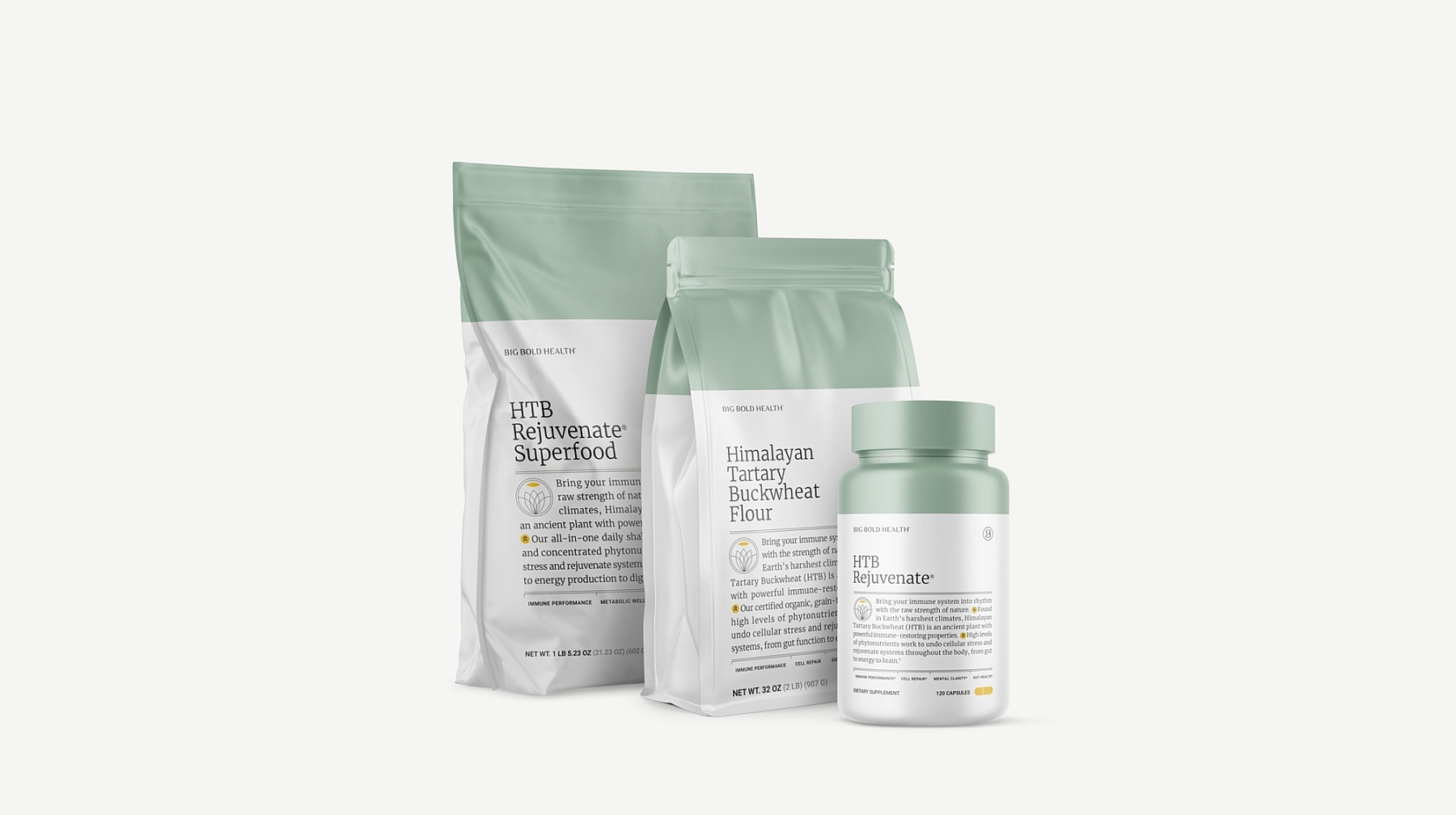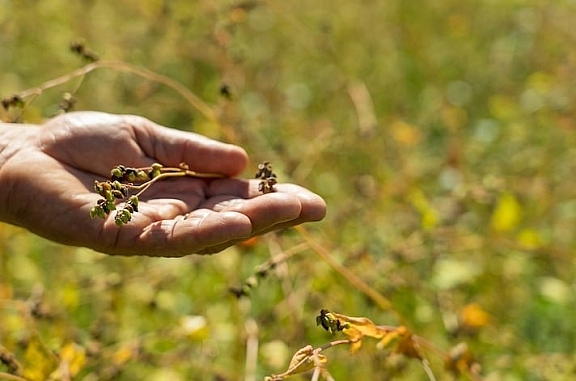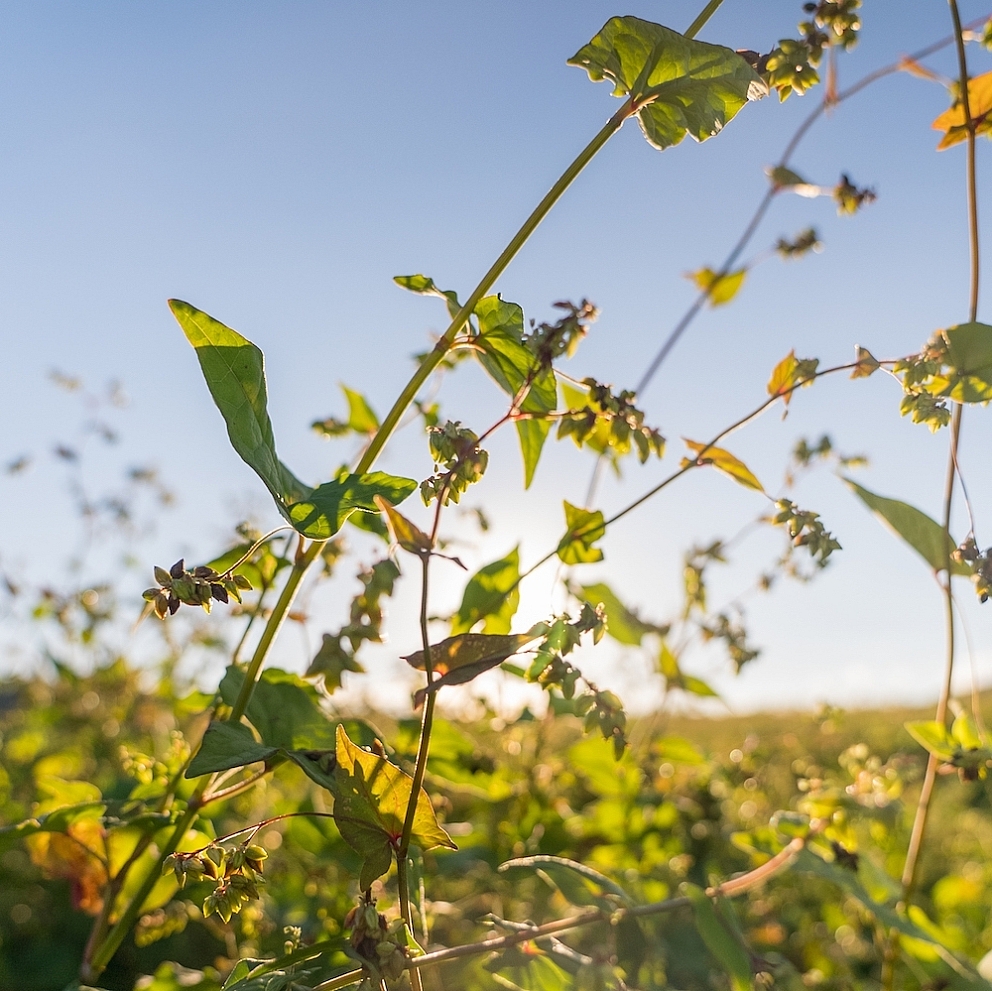How plants train immunity

Imagine for a moment that you’re a plant. Instead of a digestive tract, you have roots to absorb nutrients from the soil, and instead of lungs, you have leaves to absorb carbon dioxide from the air. Oxygen is pretty much the only thing you excrete. Instead of power-managing mitochondria inside your cells, you have chloroplasts that absorb particular wavelengths of sunlight and convert them into substances you can use as energy. Instead of a brain, you have an amazing genetic and immune memory that remembers how your plant predecessors survived over the evolution of your species.
And instead of an immune system that uses things like white blood cells and interferons to protect you from harsh environmental conditions, you have an incredible biochemical talent for creating unique plant nutrients. These phytonutrients allow you to respond to microbes, weather, toxins, insects, animals, and other plants around you. As a plant, your biochemical genius plus your structural integrity form the backbone of your immune system.
Food is data for your immune system
Because humans derive energy from food, we obligate our immune systems to vet everything we ingest for the sake of our health. Even just the smell and taste of food alerts our digestion and immunity. Since everything we eat has its own microbes (and that’s always been completely normal), immune cells along the throat and intestines sample our food as well as all the microbial traffic it brings.
Foods carry a great deal of information with them: the nutrients they used for growth and reproduction, biochemical and genetic detail about the conditions plants and animals grew in, how they were processed, what kinds of microbes and other chemicals they picked up as they were transformed into something to eat. In food plants, this data is communicated in the form of phytonutrients. Food plants also give protein, minerals, fiber, and fats, but their most important immune payload is the plant nutrients they create for their own protection.
Prime examples of phytonutrients that pixelate your world for your immune system are rutin, quercetin, resistant starch, resveratrol, and D-chiro-inositol — all of which are found in Himalayan Tartary Buckwheat (HTB).
When HTB meets human immunity
Himalayan Tartary Buckwheat (HTB) is an extraordinary plant — an ancient species of buckwheat that evolved in the mountainous terrain of the Himalayas. In order to survive this immune-challenging environment, HTB sets its chemistry in motion, creating a slew of health-preserving phytonutrients:
- HTB is especially rich in rutin, which gives it crucial protection against ultraviolet (UV) radiation, drought, insect predation, and cold.
- Tartary Buckwheat has a higher level of resveratrol than regular buckwheat, and it naturally contains the trans-resveratrol form that is popular in many dietary supplements.
- HTB also contains generous amounts of quercetin, a nutrient studied for its effects on a number of biological pathways.
- We rely on the friendly flora in our intestines for sharing their valuable immune advice with all of those immune cells lining our digestive tracts, and HTB nourishes them with two of their favorite foods: resistant starch and rutin. Resistant starch is a form of fiber that we can’t digest and yet our ‘good guy’ gut bugs can, so it gives them energy without giving us so many calories. Rutin gets digested into quercetin plus a type of sugar that — again — humans can’t and friendly flora can use for energy. In this deal, we get even more quercetin and they grow better, which is great news for our shared immunity.
Gluten-free streamlines immunity for many
For best immune function, what foods DON’T contain can be just as important as the nutrition they provide. Many among us are sensitive to gluten, which can disrupt digestion and upset healthy immune balance between defense and offense activities. HTB is a gluten-free food that is a relative of rhubarb — it’s in a completely different plant family than that of grassy grains like wheat and barley.
For some intense detail on HTB’s nutritional offerings and how it compares to common buckwheat, check out this recent research paper.




